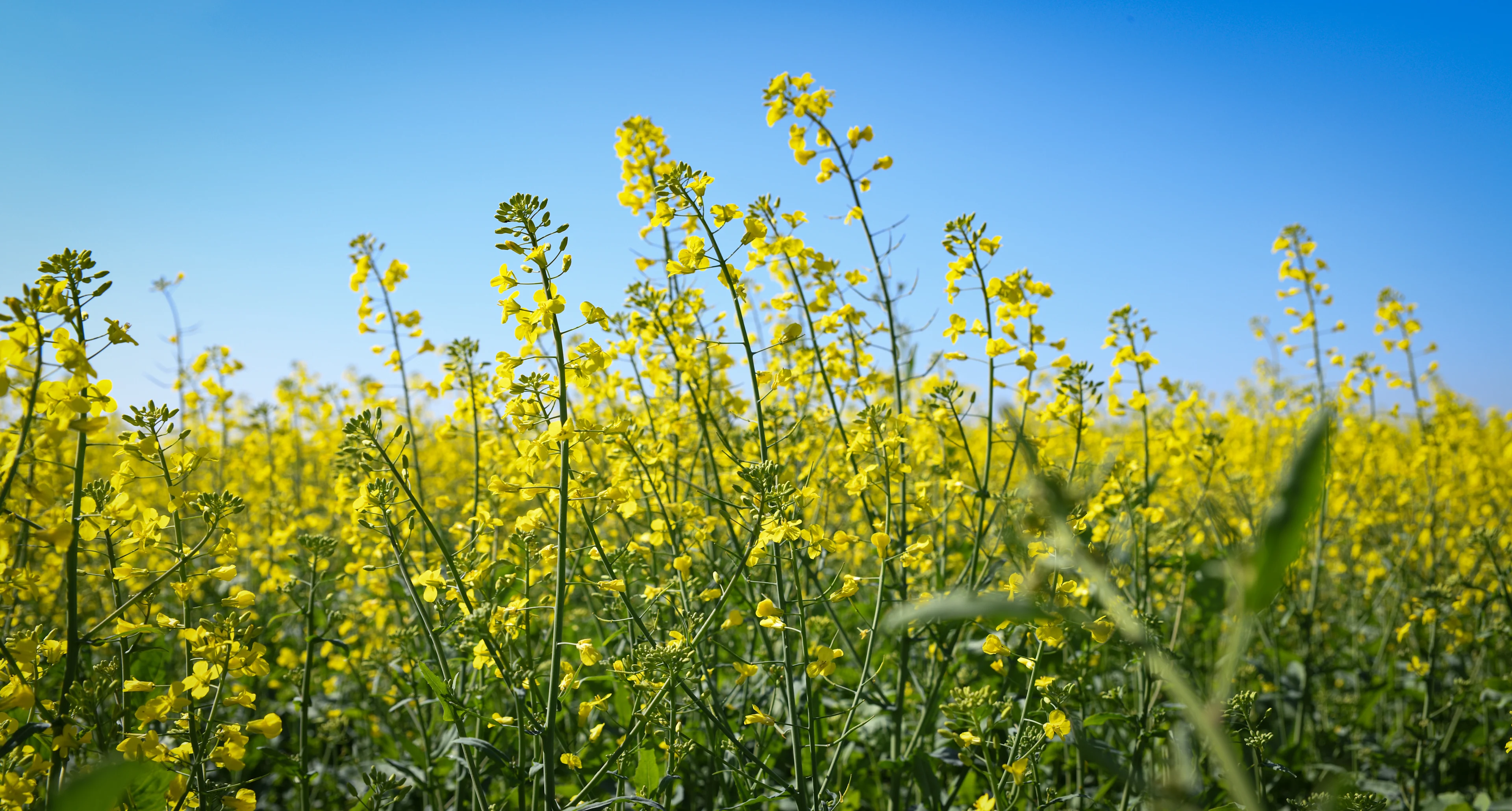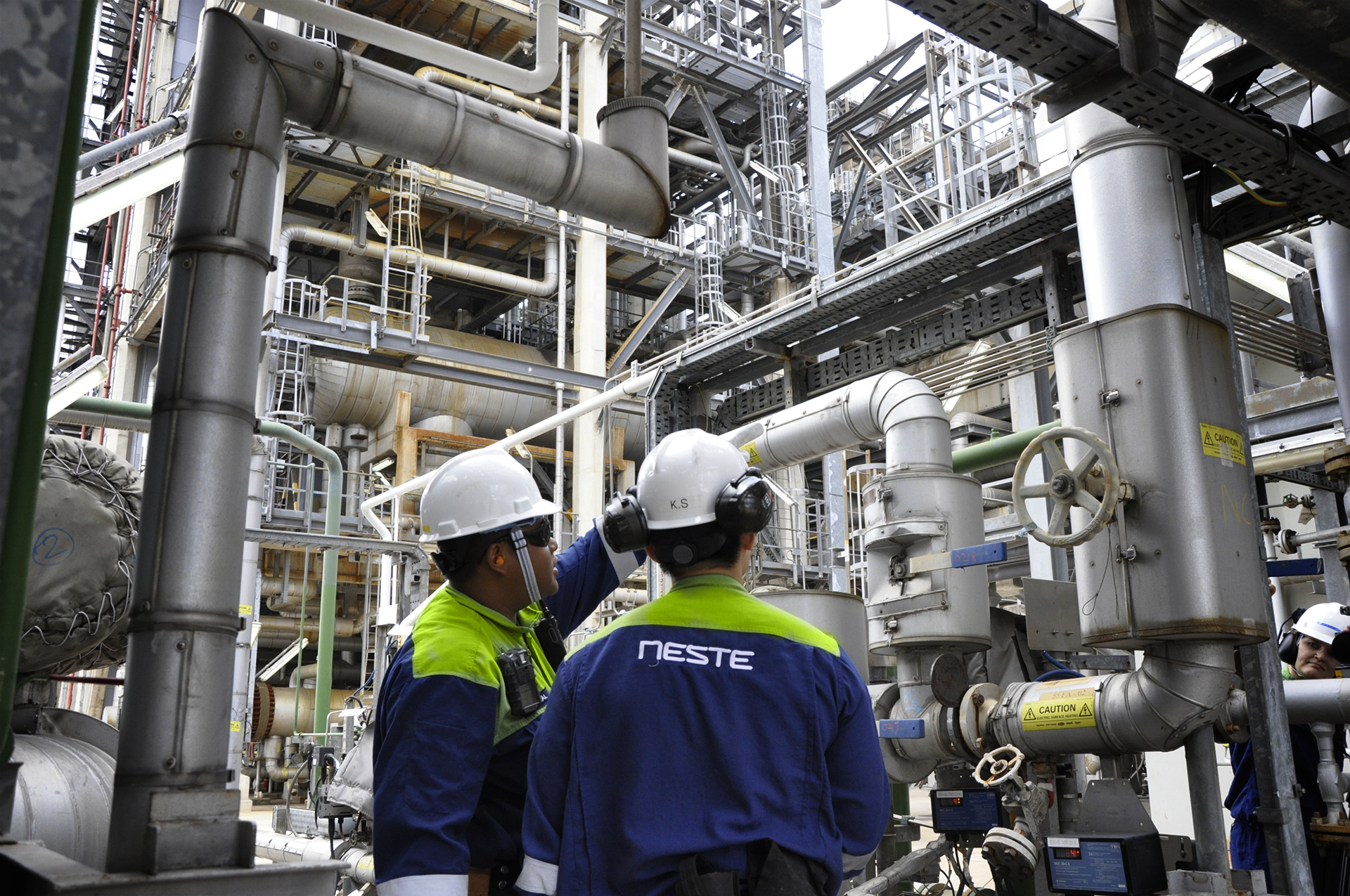
Renewable solutions
4 minute read
Regenerative practices provide a basis for more sustainable agriculture and new raw material volumes
Modern agriculture presents us with a very tricky puzzle. On the one hand, it is absolutely necessary – not only for feeding our population, but also as a source of raw materials used to create many types of products. On the other hand, many commonly used methods of agriculture are increasingly understood to be detrimental to the climate and environment.
Adding to the complexity is the fact that raw materials from the agricultural sector – including vegetable oils as well as agricultural waste and residues – are renewable, and therefore in high demand as raw materials for renewable products such as biofuels and renewable electricity. The benefits of these bio-based raw materials and products are significant: they can help reduce reliance on the fossil-based resources that are driving climate change.
In other words, agriculture is helping to provide solutions to climate change, but the emissions it creates continue to be a part of the problem. To achieve many of our collective goals for sustainable development, we need better agriculture. In order to know what it might look like, we should first understand the issue more deeply.
The challenges of modern agriculture
Making agriculture more sustainable is challenging. Globally, it is the primary force behind land conversion and deforestation, a significant contributor to biodiversity loss, and the main cause of soil depletion and degradation, with up to a third of the planet’s soil moderately to highly degraded. It is estimated that agriculture, forestry, and other land use are responsible for between 20-25% of total greenhouse gas emissions.
In the bigger picture, climate change is also exerting a negative impact on agriculture, as more extreme temperatures and precipitation as well as extreme weather events increase the scarcity of valuable topsoil and make consistent crop yields difficult to achieve. Meanwhile, as the world’s population grows, so does the demand for agricultural products.
Additionally, any non-food applications of agriculture are often viewed as competing with food uses. According to the World Resources Institute, a 70% gap exists between the number of crop calories that were available in 2006 and the amount expected to be needed by 2050 – a gap that could widen if cropland is increasingly used for purposes other than food production. Therefore, when it comes to using agriculture as a source of renewable raw materials, it’s crucial to do so in ways that don’t threaten our ability to feed the planet’s population.
The picture around agriculture and sustainability may seem grim based on these challenges, but there is reason to be optimistic. A more sustainable set of ideas and practices – collectively referred to as regenerative agriculture – is growing in popularity, and may help us achieve better outcomes for the environment.
Regenerative agriculture – what and why?
Regenerative agriculture lacks a clear, standardized definition. Instead, it’s viewed as any of a number of methods that agricultural producers can use to protect or restore the viability of land and soil as well as the ecosystems they are a part of.
With soil conservation at their center, regenerative practices consider not only short-term crop yields, but long-term resilience of ecosystems, enhancing both the environmental and economic dimensions of sustainable agriculture.
The benefits of regenerative practices often extend further than the land itself. They can also reduce GHG emissions and unlock new opportunities in agricultural value chains. Regenerative practices such as cultivating marginal lands or planting intermediate crops may also be a way to produce additional, new volumes of bio-based renewable raw materials while not competing for food space, and simultaneously contributing to a broader shift toward more sustainable agriculture.
Neste’s role in promoting regenerative agriculture
Growing crops while promoting the health of ecosystems and avoiding competition with food is a complex task. Neste’s story, however, has always been one that involves identifying key challenges and creating leading-edge, innovative solutions. Relying on that foundation of innovation, the company is now exploring regenerative agriculture practices that maximize greenhouse gas savings while promoting soil health and biodiversity.
By exploring better cultivation methods, Neste hopes to realize two aims:
to increase the availability of additional volumes (the existing cultivation is not replaced and the risk of ILUC, or indirect land use change, is minimized) of sustainably produced vegetable oils from a variety of crops and geographies, developing a supply of novel vegetable oils (or NVO) to be used as raw materials for products such as renewable fuels and renewable feedstocks for chemicals and polymers, and
to promote awareness around the need for agriculture to have a positive sustainability impact beyond its own operations and supply chains.
Through such actions, it will be possible to create more sustainable paradigms for both food and other uses, and reap the benefits of modern regenerative agriculture in ways that benefit not only Neste, but its partners, customers and society at large.
Credits:
Neste




